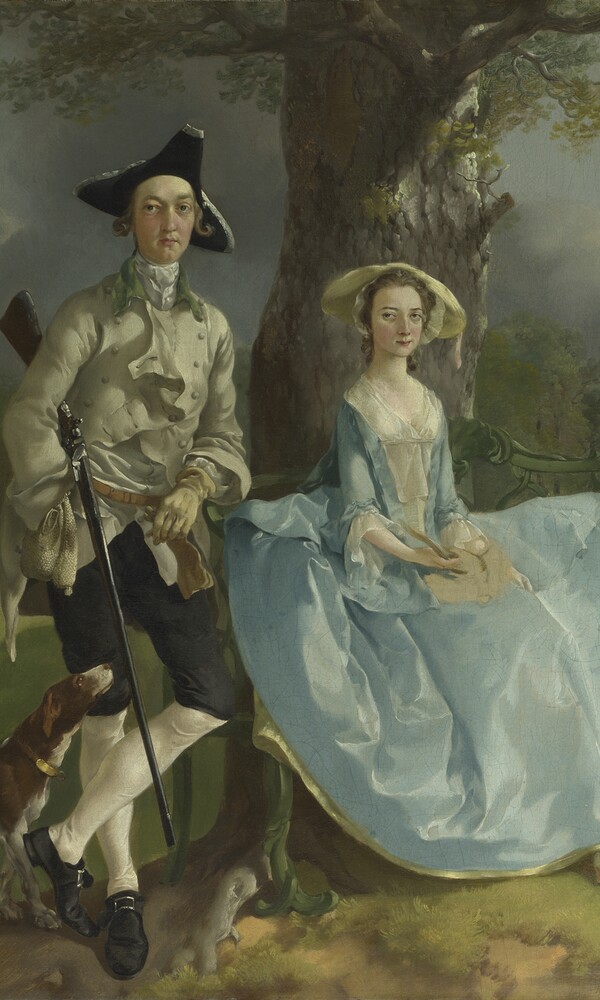In the spring of 2018 the Hamburger Kunsthalle is mounting Germany's first large-scale monographic exhibition on the English painter Thomas Gainsborough (1727–1788), concentrating on his role as a pioneer of ›modern‹ landscape painting. Curated by the director of the Hamburger Kunsthalle, Christoph Martin Vogtherr, the show features some 80 exhibits, comprising around 40 paintings and 40 works on paper.
Thomas Gainsborough, born in Sudbury, grew up in Suffolk in south-eastern England, and the landscape there would leave a lasting mark on his art. He trained with French-influenced artists in London and undertook close studies of Netherlandish landscape painting. His art thus springs from a broad grounding in European art. Gainsborough experienced his breakthrough after moving to the fahionable spa town of Bath, where he became highly successful as a society portraitist. He later worked in London and was a founding member of the Royal Academy.
Gainsborough much preferred painting landscapes to portraits. They provided a far better field for experimentation with highly innovative media and techniques, allowing him to continuously to develop his style. The artist picked up on the wave of experimentation that swept England in the eighteenth century, eventually elevating it to the standing of Europe’s leading economic and political force. At the same time, Gainsborough's contribution helped to transform his country into a prime European centre for art.
The exhibition will feature works from leading collections in the UK, including the National Gallery, the Tate Gallery and the Victoria and Albert Museum in London as well as the Barber Institute in Birmingham, and also by the Staatliche Museen zu Berlin, the Bayerische Staatsgemäldesammlungen Munich and by private collections in Germany and the UK. The works on view include icons of British painting, such as Mr and Mrs Andrews and The Watering Place, which count among the most famous paintings of all time in the English-speaking world.
